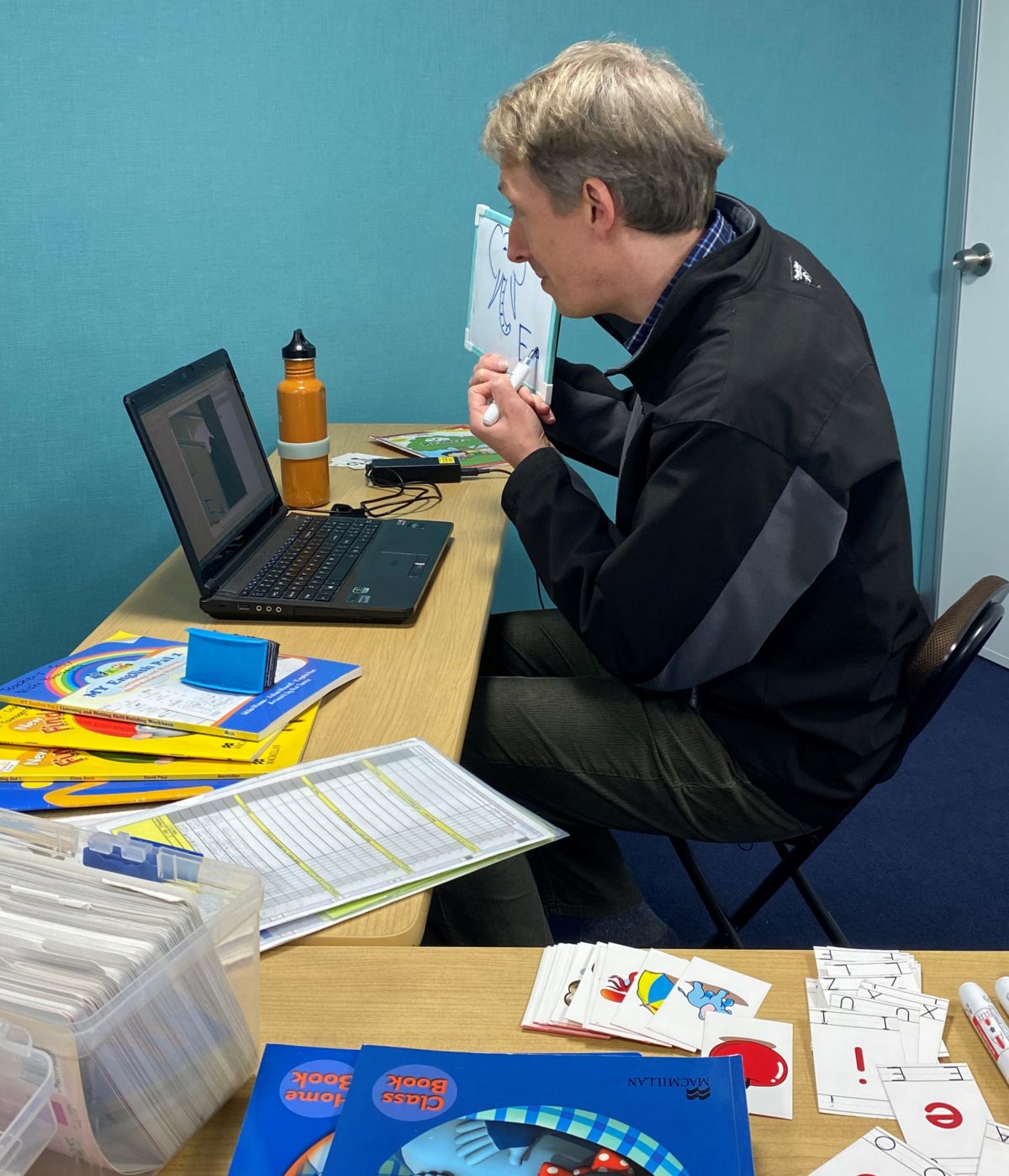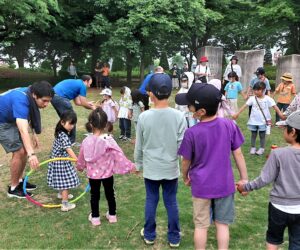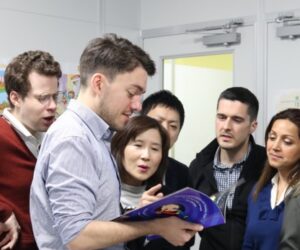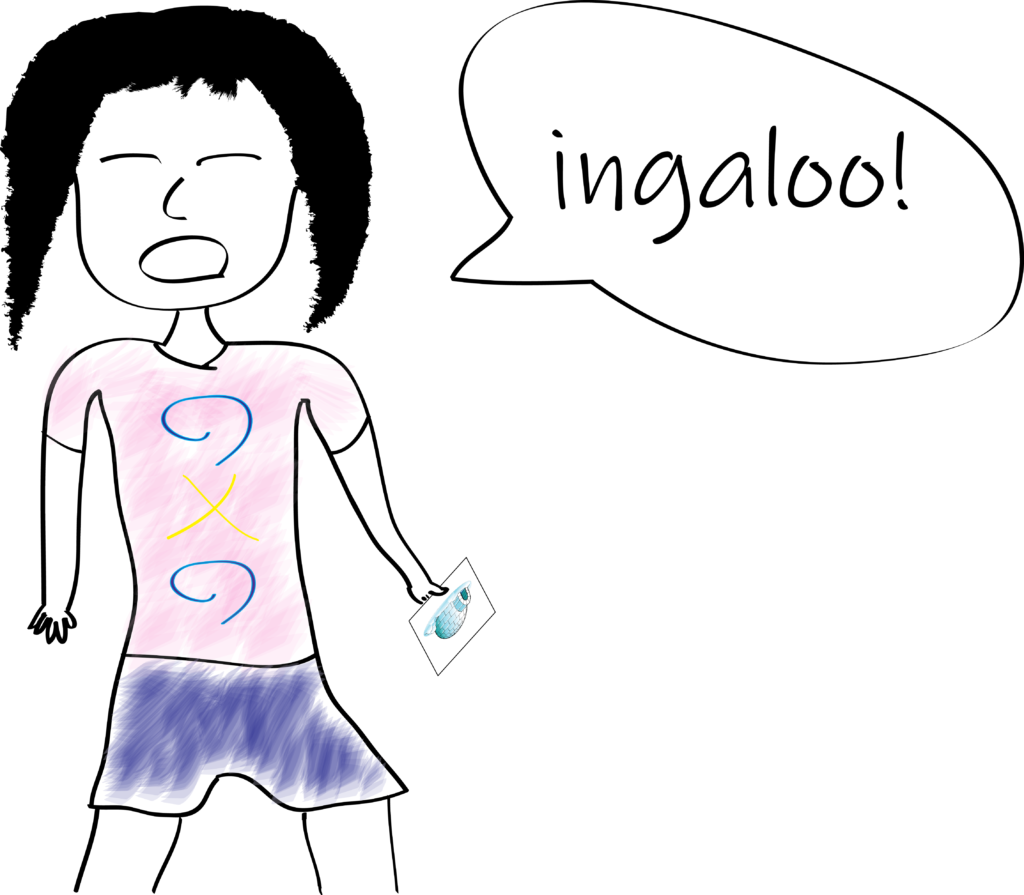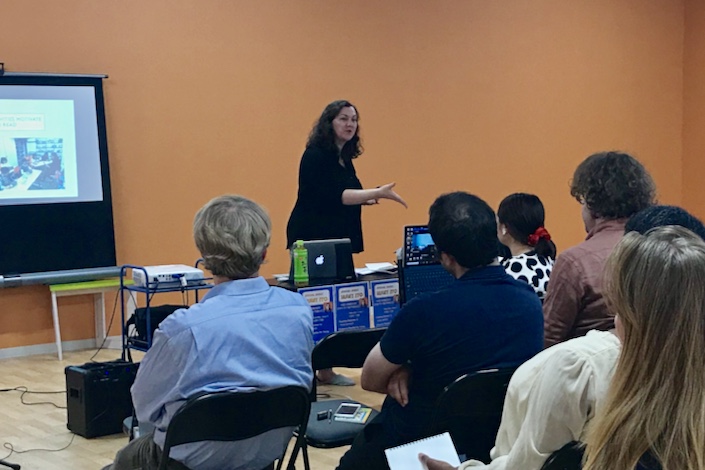What could you do without, if forced to, when teaching? Could you teach without pencils and paper? Without books? Without a white board or blackboard? Without songs? Without toys? At the current moment, for the language school teachers at MY, it’s a physical classroom.
From this month, in place of a room, we have a screen. Our virtual classrooms reach into students’ homes.
Welcome to teaching in the pandemic outbreak era.
Many language schools and services, especially those that focus on conversational practice, routinely offer online lessons. For MY English School, teaching remote lessons this month was a first. For me personally, teaching remotely has meant relearning much of what I know about teaching.
My first day of remote lessons brought me back viscerally to my first day teaching at MY. I had a lesson plan, but I did not know how the lesson plan would go, was not certain how I was going to execute it, felt unsure how I would adjust if plans did not go well, and could not predict how the students would react. Lessons at MY normally involve a lot of movement in the classroom and a lot of physical interaction with objects and classmates. Our face-to-face communication and engagement, especially in children’s classes, is heavily built around the physical interactions we perform in the classroom space.
Several of the basic tools of my teaching had just gotten removed from my toolbox. How am I now going to teach? Much of what I know about teaching and many of the techniques I frequently use were taken away on short notice. That was scary.
Time to (re)learn my teaching skills and add some new tools to my teaching toolbox.
What’s changed?
The differences stand out. I am alone in the classroom. Students are in their homes. Our classroom language has changed. We have to take turns speaking, and I have to make turns for each student to speak, because it is more difficult to interact with a lot of people speaking at once. I have to call students’ names more frequently. Students have to indicate to me, “I’m finished,” since I cannot often see their progress. Students need to work more closely on pace with each other because the online platform does not easily allow one student to move on while others are finishing the previous task. We are holding cards, books, papers, and objects up close to the camera to show each other. I cannot physically steer a student back into an activity. Many of the games that involve throwing balls, building towers, and running around the room do not work remotely, or at least they cannot work the same. My lesson planning time is taking three, four, or five times longer than normal. I am forced to do a lot of my teaching differently.
Changing my teaching practices has been a good experience for me. After years of teaching, I have fallen into routines. Most of my routines have developed because they are positive. Still, it is sometimes good to reflect on those routines, to consider how to do them differently, and to focus on the underlying goals. I am relearning what it means to teach.
What hasn’t changed?
What’s the same? For one, the staff. We have a fantastic group of teachers and support staff at MY. We anticipated that online lessons would become a necessity, and we made preparations. As soon as online lessons began, teachers put in the extra time and immediately began sharing teaching ideas and resources. Our advisor staff supported us and our students on the technical side and communicated with students and parents about worries. Having a talented, professional staff makes a huge difference when dealing with stressful changes.
Also, the students. We have great students. They are adaptable and resilient. With a few exceptions, they are excited to do lessons via camera and screen, and they are working hard to make the best of the situation.
In terms teaching, after two weeks with remote lessons, I have also been surprised how much feels familiar. One reason for this is the way that we teach at MY. Our curriculum is not a script that teachers read, nor a fixed routine that we follow, nor a set of materials, nor a collection of activities. Because we start with learning goals for various skills and content, we have the flexibility to achieve those goals with many different activities, materials, and routines. Take away the game that I often use, and I will adjust and use a different game to reach the same goals. Take away the cards that I normally use, and I will adapt by drawing pictures, using gestures, or giving verbal hints. Take away our physical classrooms, and we are adapting to meet the same learning goals in a virtual platform.
Student choice remains a central element of my teaching methodology. My students still construct language through the process of using language. Lesson activities still use fun to promote engagement. I still foster student curiosity and expect students to ask questions to find out what they want to know. Skills to adapt and deal with the unknown remain primary goals. A teacher trainer I worked with many years ago repeated the mantra, “Pedagogy before technology.” The basic principles and goals of learning and teaching have not changed. I am merely adapting to a new platform.
This is a scary moment for people around the world. It is a scary moment for businesses and workers. Many language schools have entirely shut down and furloughed their staff on reduced pay. At MY, our students’ education is our priority. We do not want a pandemic to disrupt their learning and growth. We want to keep teaching. I remind myself of an important command: “Fear not.” Fear is a physical response to get us out of immediate danger. Fear tends to paralyze strategic thinking, broad perception, and clear planning. Standing on a firm foundation—knowing what my core teaching values are—is allowing me to reflect on how and why I teach and to adapt to the situation.
The results?
Many students and parents were leery of doing lessons online. I was, too. We have experienced some technical glitches. A few of my lessons have, from my perspective, stunk. Overall, most remote lessons are turning out pretty well. Watching the students is fascinating. Many are excited to interact over a screen. I can see from their eyes that they are engaged for the full 40-minute, 50-minute, or 60-minute lesson. Some of my quietest students are suddenly speaking out in loud, clear voices. Distractions for many students are down, and many are more attentive and responsive to the language. Parents and siblings are often positively and supportively involved in the lessons. There are a few students who are visibly struggling, and I am working on how to support them better. This has been an exhausting two weeks of relearning the fundamentals of teaching. The second week of remote lessons was much better than the first, and the third week will be even better.
Looking ahead, I can’t wait to get back into a regular classroom. My small fear now is that my students and I might eventually miss the remote lessons. If there are some elements of teaching and learning that we manage to accomplish better online, that is going to make me rethink my teaching practices again once we return to the classroom. And that will also be a welcome change.

